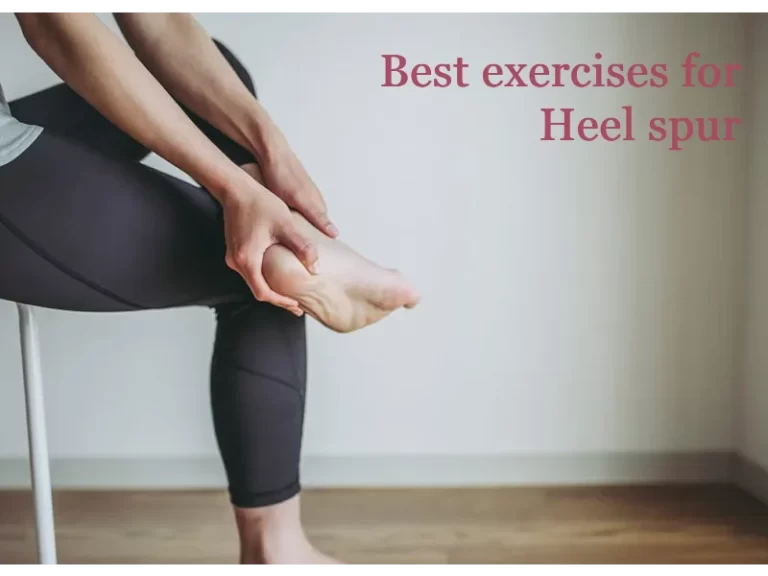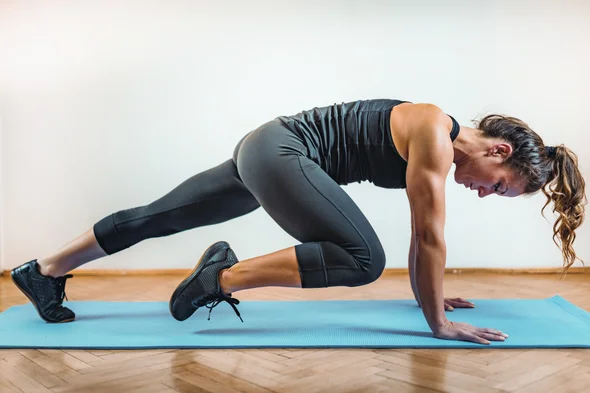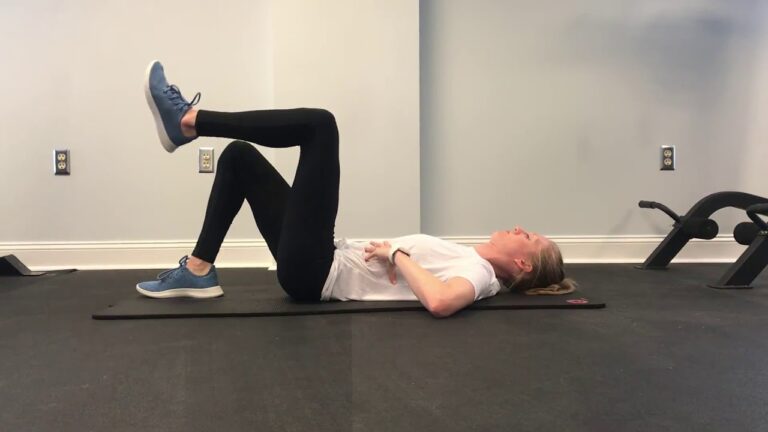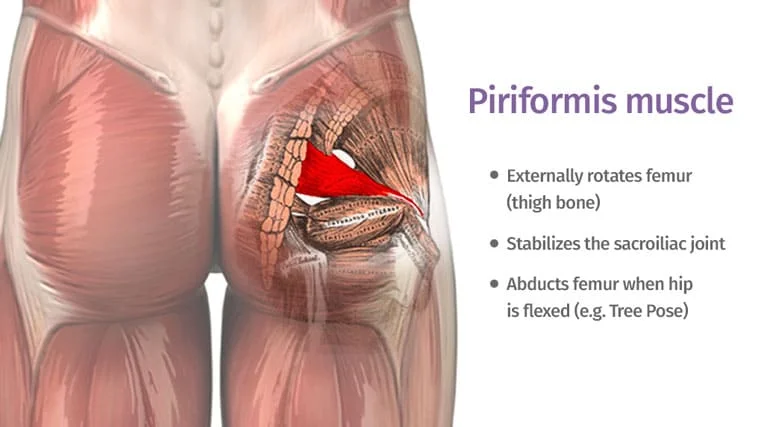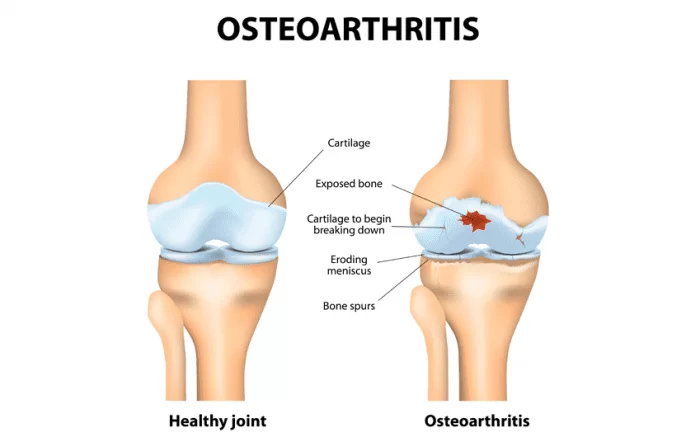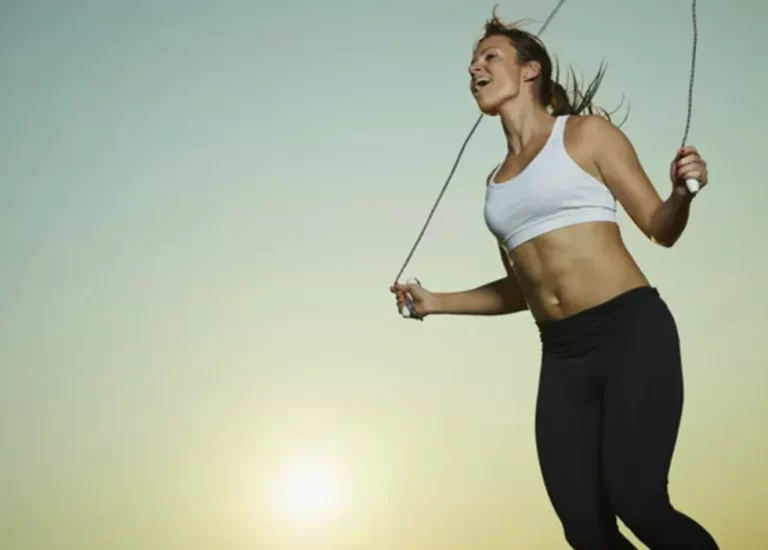Subscapularis muscle stretching exercise
Table of Contents
What is subscapularis stretching?
- Subscapularis stretch is important to improve the flexibility of the shoulder region, it will decrease the risk of injury as well as improve the overall fitness level.
- A subscapularis is a muscle that stands between the scapula as well as the rib cage. A subscapularis is the largest muscle in the rotator cuff, which is a group of 4 muscles that attaches the upper arm to the shoulder. These muscles help the patient to raise as well as rotate the arm.
- The subscapularis joins from the scapula to the humerus. The biggest problem of the subscapularis is its tightening as well as restricting the range of motion that resolves by stretching that muscle.
What is the importance of subscapularis stretching?
There are certain benefits the patient can gain from subscapular stretch:
- This improves the range of motion of the shoulder joint.
- This makes good blood circulation.
- The improves the flexibility as well as mobility of muscles.
- This improves daily activities like lifting.
- This increases the internal rotation of a shoulder joint
- This relieves tightness as well as pain in the subscapular muscle.
What are the types of subscapularis stretching?
There are certain types of subscapular stretching:
- Broom-stick subscapularis stretch
- Doorway stretch
- Internal rotation stretch
- Internal rotation with abduction
- The reverse Lawnmower starter
- Bear hugs
- Towel Subscapularis Stretch
Broom-stick subscapularis stretch
- How To do this exercise: This stretch needs the prop like a thick stick-broom stick.
- To perform the stretch, hold a stick with the right hand & rest it along the right upper arm.
- Using the left arm grasp a stick down low, then draw it away from the body.
- The left arm should begin to be forced into the external rotation.
- When doing the stretch make sure to keep the scapula on the right side that you want to stretch plugged into the socket.
- With good posture, the patient can give more pressure on a lower arm to feel a deep stretch.
- Hold this for up to 30 seconds.
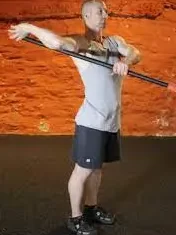
Doorway stretch for subscapularis stretch
- How To do this stretching exercise: Stand straight between the doorway.
- Place the left arm up at a 45-degree angle as well as rest it on the wall with the body in the doorway.
- The right arm hanging by the side.
- Now push the chest forward or put one leg in front of the other & lean forward to feel the stretching.
- When the patient feels stretched, hold it for 30 seconds.
- Repeat on the right side.
- The patient can do this on both sides at a time, by placing both hands at a 45 degrees angle.
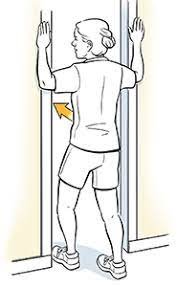
Internal rotation stretch
- How To do this exercise: Stand straight. The patient needs the resistance band for stretching.
- Grab one end of the resistance band by the hand & the other end tie around a static object.
- Next, the elbow is bent & the arm is by the side.
- Now rotate the arm across the abdomen against the resistance band.
- Make sure to maintain the elbow stick to the side.
- When the patient feels stretched, hold it for 30 seconds.
- Now perform on another side.

Internal rotation with abduction
How To do this stretching exercise: Stand tall with the back facing the static object where you have to tie up the resistance band’s one
- end just above the head.
- Another end is grabbed by the hand.
- Move the at 90 degrees angle & the arm should be out to the side.
- Start with rotating the arm downward, so that the palm is even with the hip, against the resistance of the band.
- Slowly return to the starting position & repeat it on other hand.
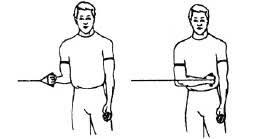
The reverse Lawnmower starter
- How To do this stretching exercise: The patient needs the resistance band. Stand straight.
- Attach the resistance band in the doorjamb well just above the head.
- Turn so the patient is parallel to the doorjamb.
- Begin with the arm above the head & outward to the side.
- Grasp the other band in the hand.
- Now pull a resistance band towards the opposite pocket like the reverse movement of starting a lawnmower.
- If the patient feels stretched, then hold it for 15-30 seconds & do it 2-3 times.
- Perform it on the other arm.
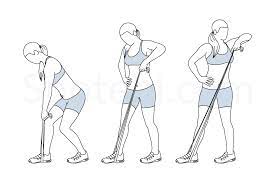
Bear hugs
- How To do this stretching exercise: Stand in front of the door.
- Attach the resistance band around a doorjamb just above the head.
- Now hold the arm forward in front of the body with an elbow that is 90 degrees bend.
- Another end of a band is grabbed by the bent hand.
- Draw a band towards the other shoulder just like the patient is giving a hug to someone around their neck level.
- Hold a stretch, when feeling the stretch.
- Holding time is 30 seconds & do it 3-4 times.
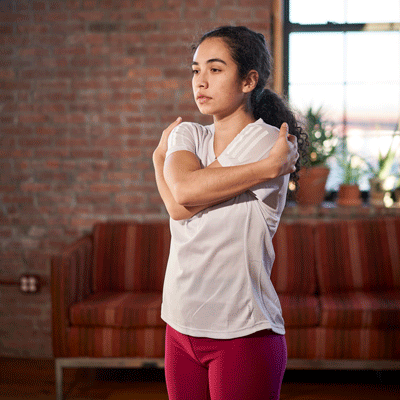
Towel Subscapularis Stretch
- How to do this stretching exercise: Stand straight. The patient can use the towel for stretch.
- Hold one end of a large towel in the left hand & reach over the left shoulder.
- Grab the other end of the towel behind the back, with the right hand.
- Slowly lift the left-hand overhead, allowing the right hand to slide up the back.
- The patient should feel the stretch.
- Hold it for 15-20 seconds & repeat 3 times.
- Now change the position of the hand to each other.
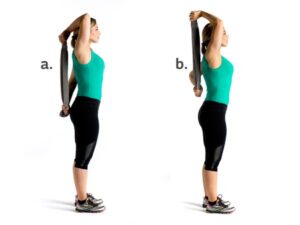
Common mistakes are done while subscapularis stretch
There are certain mistakes the patient cannot do during stretch:
- Do not give extra pressure to feel a deep stretch that causes pain as well as injury in the muscles.
- When the patient has prior injuries, he cannot perform stretching.
- People think that doing so many repetitions makes you feel better or gives you a good stretch, but that is not possible. It only fatigues the muscle.
- Do not perform deep stretching before a workout.
- Giving long enough stretching to the muscles gives you benefits.
- When the patient feels discomfort or pain during the stretch, stop right there & consult the physical therapist.
- Consult the physical therapist before stretching to make sure that you are doing the right stretching.
FAQ
What causes the tight subscapularis?
The person with a tight subscapularis may have a rounded back as well as inwardly rotated shoulders. As you probably know, poor posture is a common cause of muscle tension.
How do you know if your subscapularis is tight?
Common referral patterns of the tight, as well as unhappy subscapularis muscle, include neck, back, and shoulder pain, arm, and wrist pain and you may also find reduced strength in these areas
How does the patient treat inflamed subscapularis?
The subscapular tendon that is mildly or even moderately inflamed may be treated with anti-inflammatory medication as well as applying hot or cold therapy. The patient will be advised to rest for at least one to two weeks while treatment is to help prevent further aggravation of the
condition.Where is subscapularis pain felt?
The most common symptom of the subscapularis tear is shoulder pain, especially in the front of the shoulder. The patient might also hear or feel “clicking” in the shoulder when you rotate the arm. Some symptoms of the subscapularis tear are very similar to symptoms of other rotator cuff tears.
How long does it take for subscapularis to heal?
Following subscapularis tendon surgery, the arm is kept in a special sling to protect the repair. Tendons typically take 6-12 weeks to heal, at which time active movement exercises of the shoulder can begin.

